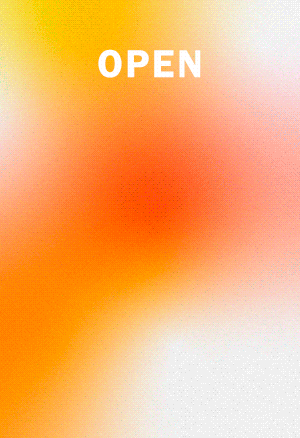Carlos Amorales
Yvon Lambert, París
Present-day art breaks barriers later to confine itself within new boundaries. It confuses the viewers, induces them to reflection, and shows the unreasonableness that surrounds them. Carlos Amorales − Mexico 1970 − has this capacity to make people reflect about someone or something.

He is an artist who reactivates the icons of the popular and media culture of Mexico. He plays with rhythm, with out of sync-ness and displacements in order to free the images fixed in the collective memory and endow them with a singular physical impact. Without beating about the bush and without circumlocutions, he materializes his meaningful dimension through artistic practices that range from wrestling performances to video, in which he interlinks a distinctive iconography.
His oeuvre is an interesting convergence of conceptual and formal strategies. He works in numerous genres, which include photography, video, sculpture, performance, and works on paper that emerge from the visual alphabet created in the course of his studies of animation in 2003, in Mexico. Composed of silhouettes that Amorales culls from magazines and newspapers, they may represent animals, characters in motion, ecologic disasters, etc.; images that are listed in a database that the artist terms “Liquid Archive”. Amorales resorts to this database as a tool that allows him to create new images and installations. Through graphic mastery and rhythmic drive, he manages to invent a grammar that forces and guides people to question themselves, articulating a complex reflection about the different relationships and exchanges generated through the confusion of his constant references to popular culture and elitism in art. While the artist had so far introduced notions such as beastliness, the paradoxes of beauty, or disquieting and extravagant characters, at present he explores a new poetic project that revolves around death, vanity and language.
At Yvon Lambert Gallery, Paris, Carlos Amorales presented his third solo show, “ La Langue des morts” (The Language of the Dead), formally inscribed within his ongoing research on the transformation of figurative language into a calligraphic typography, where the shapes become abstract signs and elements imbued with a semantic meaning. Invading the exhibition space with two different mise-en-scènes laden with fantasy and terror, he questions the viewer and confronts him/her with an unusual visual grammar.
As soon as they enter the first exhibition room, visitors are surprised at finding themselves surrounded by a series of large-format drawings in black and white, La Langue des Morts, a photographic novel comprised of fifteen prints on paper. This work was based on photographs taken from the Mexican press, showing the deaths caused by the war against drug dealers. Of a very violent nature, the characters in the photographic novel bear witness to the harsh reality of being the victims of atrocious crimes.
The large glass-roofed exhibition room hosted the second part of the show, an installation featuring large mobiles suspended from the ceiling, whose shapes, undoubtedly inspired by Calder’s mobiles − the result of Amorales’s residence at the Atelier Calder − offered an open perspective, a respite from the suffocating atmosphere of the first room. While the reference to Calder was clearly expressed, Amorales introduced new elements: sound and the spectators’ participation. Comprised of numerous cymbals placed at a conveniently low height, it allowed the spectators, who had access to mallets placed at their disposal, freely to create their own music. Sound and movement combined, transforming the sculpture piece into a performance. This evolution of the work allowed the artist to create a tension between the spectators that participated and improvised their music, and the mere observers. The works were accompanied by black-and-white drawings that recalled the silhouettes habitually identifiable in Amorales’s production, which contributed to the tension effect integral to the functioning of the work. The way in which Carlos Amorales associated these imaged contributed to create an anguishing environment, reinforced by the black of the stylized, planar silhouettes.
Carlos Amorales is one of the most interesting Mexican artists of the generation that has freed itself from the aesthetics and the molds that revolve around Mexican culture. Without relinquishing references to it, he creates a fantastic iconography; he plays with the ambiguous and discovers the images engraved in collective memory, thus producing a remarkable physical impact. Amorales manages to re-introduce feelings or sensations thanks to the mise-en-scenes in his works, which often emanate tension or a feeling of anxiety. He opens up new horizons in which the critical and the pathetic continue to combine.






